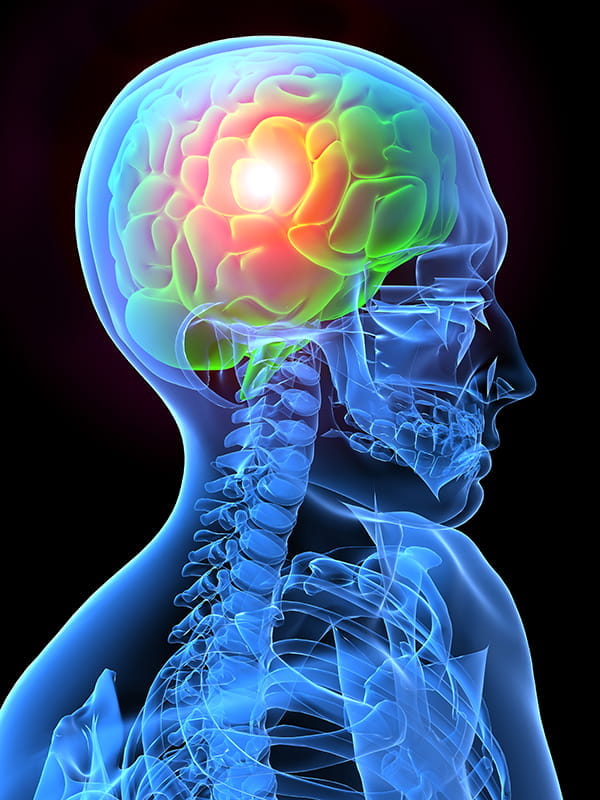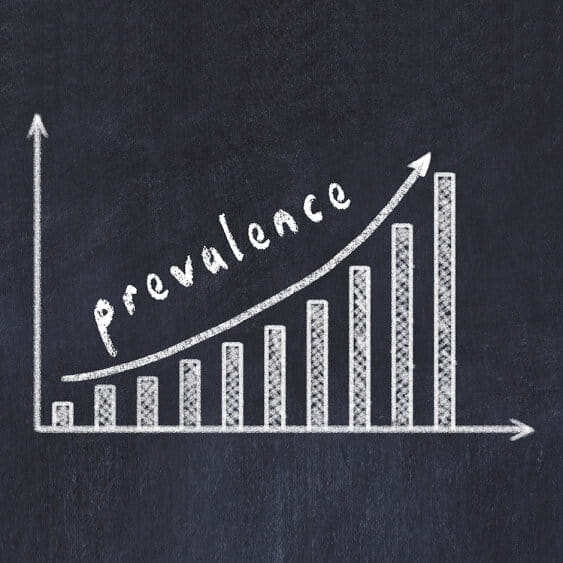AAP 2025: Neurological Disorders in Children
Serum Bilirubin as a Biomarker for Neonates with Hypoxic Ischemic Encephalopathy
Presenter: Harisa Spahic
Prior studies of bilirubin in infants with hypoxic ischemic encephalopathy (HIE) have yielded mixed findings, and large population studies have not determined whether bilirubin is associated with disease severity, therapeutic hypothermia (TH), or outcomes. It is hypothesized that lower bilirubin, given its antioxidant properties, would be associated with more severe HIE.
A retrospective case-control study was conducted at Children’s Hospital Colorado from January 2010 to September 2023 using the Children’s Hospitals Neonatal Database and chart review. Infants >35 weeks gestation admitted within 24 hours of life were included, excluding those with haemolytic disease or direct hyperbilirubinemia. Cases of HIE (classified by severity within 6 hours) were compared with controls, many of whom were transferred for evaluation but not diagnosed with HIE. Data included bilirubin and albumin values, post-cooling MRI, neurological exam findings <5 years, and Ages and Stages Questionnaires.
A total of 524 infants were analyzed (353 with HIE, 171 controls). Infants with HIE had significantly lower 24-hour and maximum serum bilirubin than controls. Maximum bilirubin decreased with increasing HIE severity (mild: 8.37±4.6; moderate: 7.63±3.9; severe: 5.30±2.4 mg/dL; p<0.001). A similar decline was observed at 24 hours (p<0.05). Bilirubin was not associated with TH use but was higher in males. Differences in bilirubin were detected across EEG-based severity (p=0.002). Lower maximum bilirubin trended with abnormal neurological exams, low ASQ scores, and cerebral palsy diagnoses by 5 years.
It was concluded that bilirubin declined with increasing HIE severity, suggesting a role as an acute biomarker of injury burden. However, maximum bilirubin did not correlate strongly with long-term imaging or neurodevelopmental outcomes, though reduced levels may help contextualize disease severity in affected neonates.
The RITA-T (Rapid Interactive Screening Test for Autism in Toddlers) Identifies Autism Risk in Pre-schoolers Aged 3-5 years’ Old
Presenter: Roula Choueiri
In this chart review, 250 children aged 5 or younger were evaluated for autism between November 2023 and September 2024. Among 88 pre-schoolers (3–5 years), 67 had complete RITA-T assessments; 80.9% were male. Racial breakdown: 41.2% Black/African American, 22.22% White, 9.5% Hispanic, 8% Asian, 8% multiracial, and 11% unknown. Mean age was 43.2 months (range 36–59), average RITA-T score 19.6 (range 11–27). Of 67, 63 were diagnosed with autism; 48 high-risk, 14 moderate-risk, only one below cut-off. RITA-T demonstrated consistent ASD risk detection in pre-schoolers.
The study concludes that the RITA-T reliably identifies autism risk in pre-schoolers aged 3–5 years, with consistent cut-off scores compared to younger children.
Online Parent Training Programs for Children with ADHD: A Meta-Analysis of Randomized Controlled Trials
Presenter: Therdpong Thongseiratch
A meta-analysis of 12 RCTs including 1,183 parent–child dyads (2010–2024) evaluated online parent training (PT) for children with ADHD. Most studies had low-to-moderate bias risk, with no significant publication bias. Online PT yielded moderate, significant reductions in ADHD symptom severity (Hedges’ g = 0.51, 95% CI: 0.33–0.69, p<.001) and improvements in parenting practices (Hedges’ g = 0.47, p<.001). Intervention effects were consistent (I²=26%).
Programs with clinician feedback or peer support produced slightly larger effects than self-guided ones. Future research should explore sustaining gains, cultural adaptations, and optimal components for maximizing reach and impact.
Tools to Manage Anxiety in School and Childcare Settings
Presenter: Sasha Jacobs
Unlicensed personnel (UPs) were provided a straightforward guide focusing on coping skills and management of as-needed medications. Modelled after the asthma action plan, it categorizes interventions into green (baseline), yellow (increasing anxiety), and red (crisis) zones. The plan was pilot tested with Children’s Hospital Colorado school nurses with surveys in May 2023 and 2024. Usage was reported by 61% of nurses in 2023 and 52% in 2024 across various school levels and programs.
About 70% indicated parent involvement in plan development, and 85% found it helpful for managing anxiety. Training and recommendations were provided post-pilot to improve UP understanding and use. The plan offers a practical framework for timely anxiety management, promoting mental health prioritization and student success in education.
Dietary Impact on Growth and Neurodevelopmental Outcomes in Premature Infants After Hospital Discharge
Presenter: Christine Simon
A retrospective chart review was conducted using data from approximately 300 premature infants, with follow-up up to two years. Of these, 175 infants met eligibility criteria, excluding those with intrauterine growth restriction or gastrostomy tubes. Infants were categorized by diet: 19 received unfortified human milk, 109 formula, and 47 fortified human milk. At 5–7.99 months, average weights were similar (7.0 kg fortified milk; 6.9 kg formula and unfortified milk). At 11–13.99 and 17–19.99 months, formula-fed infants had the highest weights (9.7 kg and 11.7 kg).
AIMS scores were highest in the human milk group, with statistically significant better gross motor development at 11–13.99 months compared to fortified milk (p=0.01) and formula (p < 0.001). Dietary practices did not affect growth, but human milk may improve neurological outcomes.
Novel Smartphone-Based Screening Tool for Absence Seizures in Pediatric Settings: A Comparative Study with Video EEG
Presenter: Rachel Kuperman
In a study with 46 participants using the Eysz HV Recorder during EEG observation, three neurologists reviewed EEGs for seizures, while three epileptologists independently reviewed video recordings from the Eysz HV app for seizure detection. A total of 25 seizures were identified in 12 participants, with 37 participants having no seizures. Seizure presence was determined by majority agreement among EEG reviewers.
Video reviewers demonstrated a sensitivity of 96.3% (two reviewers achieved 100%) for seizures lasting ≥7 seconds, but only 44.4% sensitivity for seizures <7 seconds. Mean specificity for video reviewers was 90.1%. Agreement rates between EEG reviewers averaged 94.4%, comparable to 83.3% agreement between Eysz HV reviewers and EEG reviewers. These findings support Eysz HV as an accurate screening tool for childhood absence epilepsy.
Rise in Autism Spectrum Disorder Diagnoses: Analysis of Pre-pandemic and Pandemic Periods
Presenter: Srichand Mulakalapalli
A retrospective analysis was conducted on new autism spectrum disorder (ASD) diagnoses from electronic medical records of two private clinics between January 2017–December 2019 (pre-pandemic) and January 2021–December 2023 (pandemic). Sixteen ICD-10 ASD codes were included, excluding patients with prior ASD diagnosis. A total of 537 patients were studied: 182 from Clinic I and 355 from Clinic II. Clinic I diagnoses increased significantly from 63 pre-pandemic to 119 during the pandemic (χ²=17.23; p=0.000033). Clinic II diagnoses rose from 149 to 206 (χ²=9.15; p=0.00248). The increase suggests pandemic-related factors such as lockdowns, heightened parental observation, and healthcare disruptions contributed to higher ASD identification.
American Academy of Paediatrics National Conference & Exhibition 2025 (AAP 2025), 26-30 September 2025, Denver




